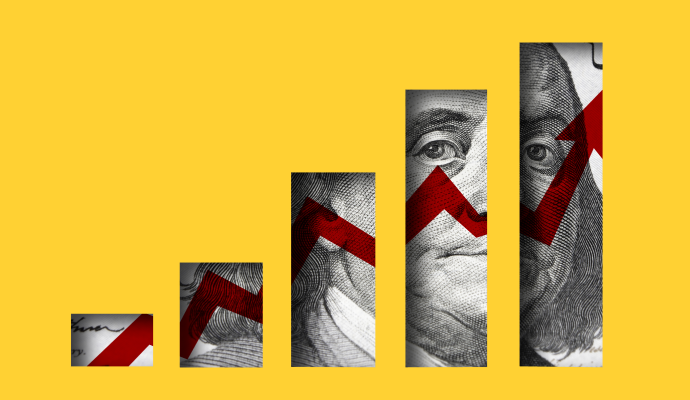Middle-Class Americans Face Highest Rates of Medical Debt Burden
Almost a quarter of middle-class Americans had medical debt, compared to 22 percent of lower-class people and 13 percent of higher-class people.

Source: Getty Images
- Middle-class Americans have the most medical debt across all ages, races, and education levels, a new report found.
The report from think tank organization Third Way used the Census’s Survey of Income and Program Participation (SIPP) to determine how medical debt varies among families with different income levels.
People with incomes below 200 percent of the federal poverty line (FPL) were considered lower income, middle income was between 200 and 400 percent FPL, and higher income was 400 percent and above.
The data revealed that middle-class families had the highest rate of medical debt. Middle-class incomes ranged from $50,000 to $100,000 for a typical family of three in 2023.
Almost a quarter of middle-class families (23.5 percent), or 17 million, had medical bills they could not pay in full in 2020. This share was 1.5 percentage points higher than lower-income families and 9 points higher than higher-income families.
Despite having higher rates of adequate insurance coverage, middle-class families were more likely to have medical debt than lower-income families because lower-income families often do not seek care at all due to costs. Furthermore, when lower-income people do seek care, they may receive additional assistance tied to their income levels.
Compared to higher-income families, middle-income families are less likely to have the finances to pay high deductibles and other out-of-pocket costs, leading to medical debt.
Among middle-class adults, racial disparities in medical debt emerged. Nearly 38 percent of Black middle-class people and 25.2 percent of Hispanic middle-class people had medical debt, compared to 20.4 percent of White middle-class people and 16.6 percent of Asian middle-class people.
Additionally, the share of Black middle-class individuals with medical debt was 8.5 percentage points higher than that of Black low-income individuals and 16 points higher than the share of Black high-income people with medical debt.
Middle-class families of all education levels experienced medical debt. Around 27 percent of those who didn’t finish high school, 26 percent of those with high school diplomas, 25.5 percent of people with some college experience, and 16.5 percent of those with a Bachelor’s degree had medical debt.
Similarly, across all age groups except for people 65 and older, middle-class individuals had the highest rate of medical debt. For seniors, lower-income adults had the highest rate of medical debt. This population also had the lowest rates of medical debt overall, likely due to their Medicare coverage.
Middle-class families with children had slightly higher rates of medical debt (28.7 percent), but those without children (22.6 percent) also had higher rates than their lower- and higher-income counterparts.
Medical debt was more common among middle-class individuals than lower- and higher-income individuals for those without health insurance (31 percent) and those with insurance (22.5 percent).
Ensuring access to affordable healthcare coverage can help mitigate medical debt for Americans. Major credit bureaus have also helped reduce the burden of medical debt by removing medical debt collections under $500 from consumer credit reports.
